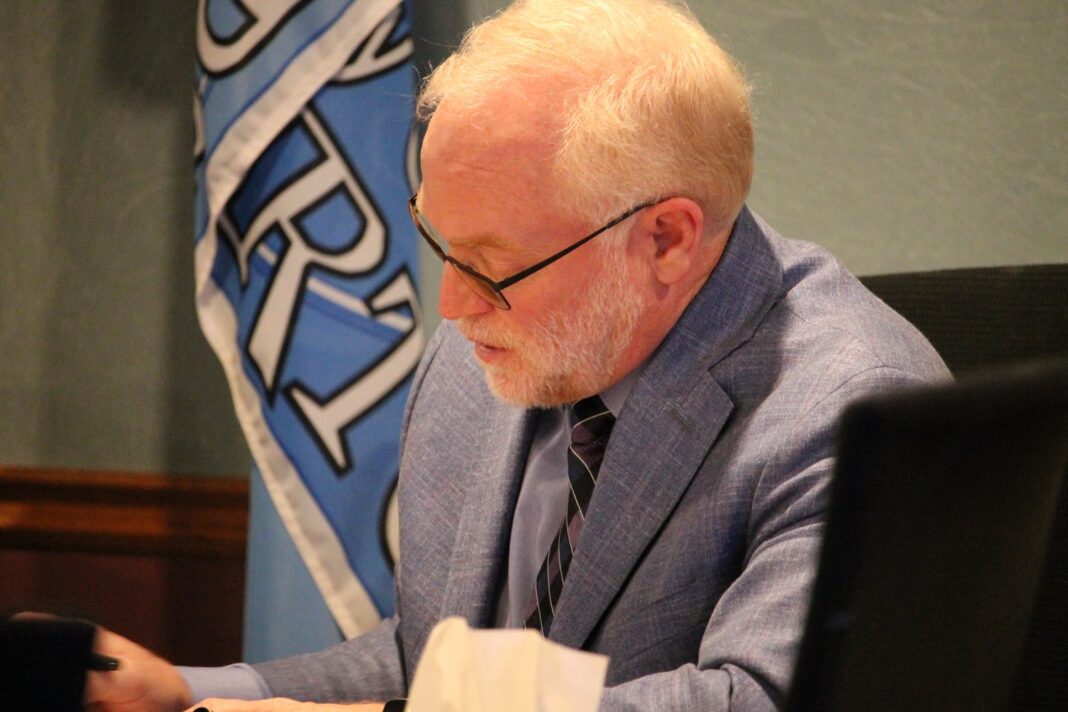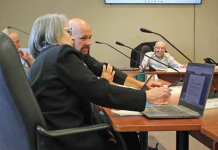County staff presented a first draft of the 2025 budget Nov. 13 – with a 5.15 per cent tax rate increase – or an extra $13 per $100,000 of assessment for residential ratepayers if passed.
Warden Liz Danielsen noted last week was an introduction to the budget.
“The intention is to bring the budget back at our mid-December meeting (Dec. 11) for approval, unless we run into any roadblocks between now and then,” she said.
The biggest spend would go towards transportation, at more than 43 per cent. Ambulances and the community paramedicine program would require nearly 19 per cent, general administration about 16 per cent and social services and housing 11 per cent. The others (planning and development, which includes economic development and tourism; recreation and cultural services, such as the library, 911 and bylaw, each fall under 10 per cent.
CAO Gary Dyke, and director of corporate services, Andrea Robinson, told council, “the senior management team have worked diligently to develop a fiscally responsible budget that lays the groundwork for longterm growth and resilience by investing in vital projects and services while maintaining transparency and accountability for our ratepayers.”
They added the County would remain the second lowest tax collector in comparison to 13 counties within the Eastern Ontario Wardens Caucus. There is 1.46 per cent of assessment growth, the lowest of the EOWC counties.
As usual, wages and benefits gobble up the biggest chunk of money, at more than $14 million. They are going up by more than half-a-million dollars, including some union wage and benefit increases. Staff are recommending hiring a mechanic, to save money on outsourcing, and a paramedic supervisor.
There was lengthy discussion about increasing the dedicated infrastructure levy. Last year, it was one per cent. It was noted there continues to be an infrastructure funding gap. Staff recommended upping that to two per cent, but the majority of councillors thought 1.5 per cent would be more manageable for ratepayers.
Coun. Jennifer Dailloux wanted staff to have another look at the Newcastle Street building requirements to see if costs could be trimmed. She also asked if there was any movement on public transportation. Director of economic development and tourism, Scott Ovell, said staff were in talks with regional providers and if anything financially viable came up, they would bring it to council.
In discussing the need for increased tax dollars, Dyke and Robinson cited inflation; jumps in the cost of materials and supplies, and skyrocketing costs for ambulances. They have increased bills from external organizations, such as the City of Kawartha Lakes for early learning and child care, social assistance, housing and homelessness prevention. They also pay MPAC, the library service, the health unit, and contractors. They pay insurance and are servicing debt. They are looking to borrow $1.2 million to renovate the former land registry office at 12 Newcastle St; and also, do work at 11 Newcastle.
In terms of reserves, if council approves all commitments, they’d be left with more than $9 million.
Dyke said they had prioritized… “making sure we’re still providing services required for our citizens, but not only that, that they’re efficiently done and effectively done in a cost-effective manner.”





